In Assad's Syria, death notices litter the walls - and life goes on
Driving along roads that cost many lives to capture, Robert Fisk sees hasty monuments to dead soldiers of a state that was once a pariah

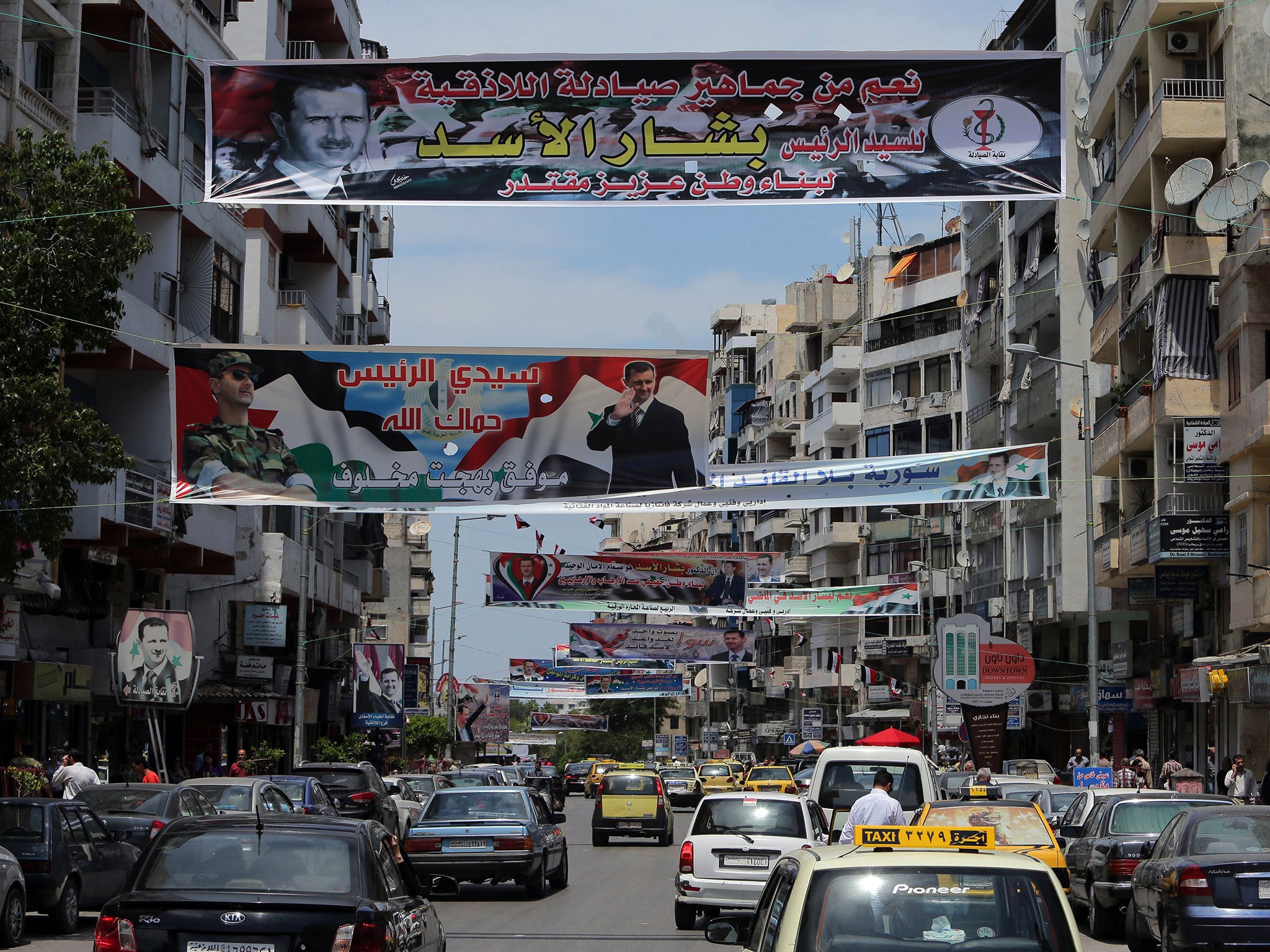
Your support helps us to tell the story
From reproductive rights to climate change to Big Tech, The Independent is on the ground when the story is developing. Whether it's investigating the financials of Elon Musk's pro-Trump PAC or producing our latest documentary, 'The A Word', which shines a light on the American women fighting for reproductive rights, we know how important it is to parse out the facts from the messaging.
At such a critical moment in US history, we need reporters on the ground. Your donation allows us to keep sending journalists to speak to both sides of the story.
The Independent is trusted by Americans across the entire political spectrum. And unlike many other quality news outlets, we choose not to lock Americans out of our reporting and analysis with paywalls. We believe quality journalism should be available to everyone, paid for by those who can afford it.
Your support makes all the difference.Abdul Qadir al-Djezairi’s palace is on the right, noble in spirit as well as architecture. He is the one who brought the Christians and Jews of Damascus to his home when they feared the Muslims in the 19th century.
He refused to countenance a Sunni-only city here; he was an ancestral enemy, I suppose, of the Daesh, as he would have called Isis had they existed in his day, and as Arabs call it now. Below the walls at this moment are a row of minibuses at the local filling station. Their drivers queue for days for their diesel, ever more expensive, ever scarcer as an early winter burns up fuel for home heating.
In the coming days, I will see the alternative, truck after truck heading past me to Damascus, loaded with the chopped-up branches of great trees. The forests above Lattakia are being denuded, the hillsides turned naked to warm the people of Syria’s capital. Think Kabul. Or maybe Germany in the winter of 1944.
Of course there is no real comparison with that titanic tragedy. But drive north from Damascus and you cannot shrug off the Syrian war just because the first rains have washed the desert and the wind blows cold across the scrub. There to the west is Sidnaya. The Christians in their little towns here endured the taunts of those who said they “stood aside” in the war, hoping to escape the fury of the government’s enemies.
In Homs, they tried to step aside, and when the Free Syrian Army – which existed then outside the Obama imagination – asked them to get Syrian checkpoints off their streets, the Christians obliged, only to find the rebels in their streets the next day.
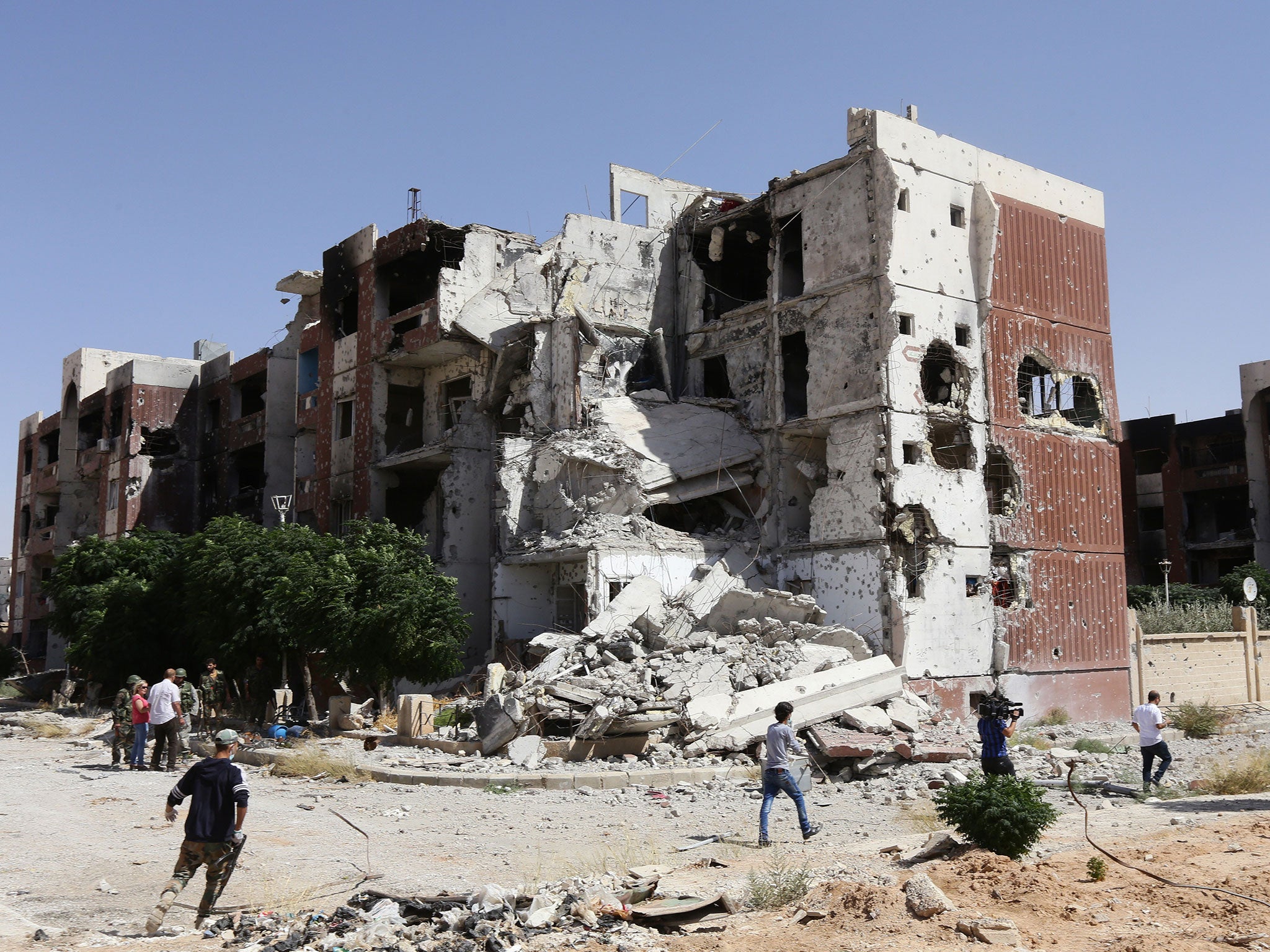
Well, in Sidnaya, the Christians caught members of the Nusra Front and decided to change the narrative. They chopped off the heads of the Nusra and pushed them onto sticks because they didn’t want the Christians to appear “soft” any more. Christians in Syria are traditionally very educated. They open restaurants, become doctors, engineers, make jewellery. A new picture now.
The road north is under repair – they are widening the dual carriageway to motorway proportions. Normality, you see. Just like it would have been four years and 200,000 lives ago. Nothing unusual. The government has confidence, does it not? So widen the roads! The industrial city of Adra glides by to the east, recaptured by the Syrian army last month, a place of horror for those who were massacred there and those few baked alive in the local bread ovens (courtesy of one Zahran Aloush of the Islamic Army).
Thousands were taken hostage, so many that they had to be freed and turned over to the Syrian army’s Third Division, which witnessed this Biblical exodus, a replay of Palestine 1948 according to some soldiers who feared gunmen were among them – but who eventually overturned trucks carrying tuna so that they could feed the refugees. Vehicles in road accidents, you have to understand, become the responsibility of the security forces.
We drive past in silence. Empty highway. Not good news to any driver in a civil war. So we talk. My companion has a brother in the army and he was in the Aleppo military academy when the rebels surrounded it in July of 2012. Back in 1979 – 16 June, to be precise – Muslim Brotherhood rebels had stormed the academy and slaughtered 70 cadets. In 2012, my friend’s brother – with his fellow undergraduates – waited amid the stench of corpses on the hillside around the school as his enemies shouted from below: “Remember the massacre of 1979? We’re here to do it again!”
The Syrian military held out. The brother was saved. It’s not always like that. In the Minegh air base in Aleppo province, the Syrian army was overwhelmed by Islamist fighters, its last 130 soldiers attempting a final escape (having buried their dead comrades in the compound). The army claims it killed 1,300 rebels in the 15 months of siege (pinch of salt time, perhaps). Even their commander, Air Force Major General Ali Selim Mahmoud, was killed in the final days of battle. Now Minegh is home to those famous gentlemen whose capital is in Raqqa, throat-cutting capital of the world, at least on video, certainly when journalists and Western NGO workers are to be dispatched.
Elsewhere in Syria, government soldiers are still surrounded, supplied by helicopter in their little fortresses, “festungs” that must not be surrendered – shades here of the German army on the Baltic coast in 1945 – as government-held territory slips and slides. There’s a long, bleak stretch of road on the way to Homs which I don’t like. Too few checkpoints. The Syrian Third Division fought twice to recapture this highway from the rebels last year.
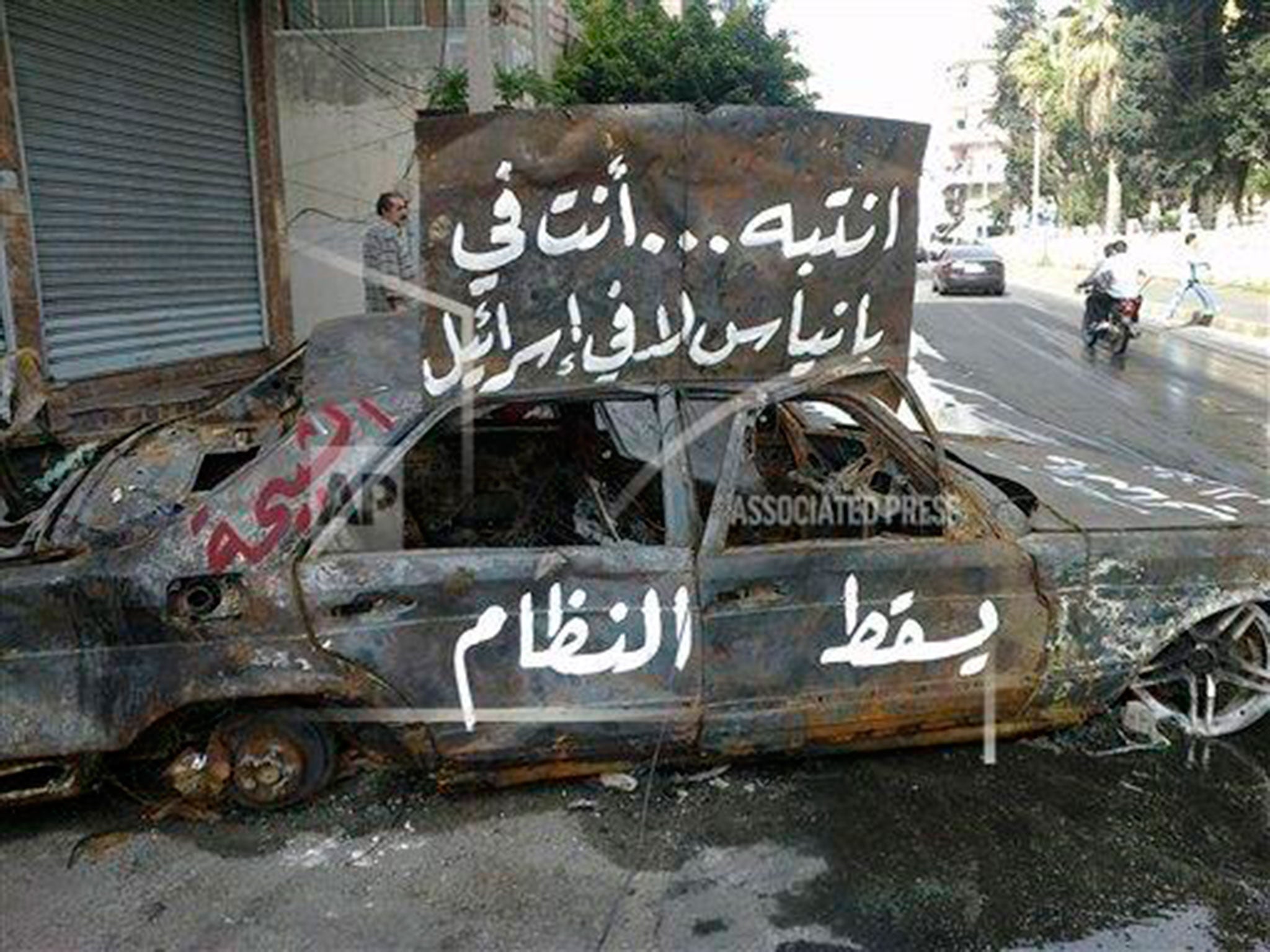
Altogether, the Islamists held the road for 60 days. There are smashed restaurants, broken gas stations, a mosque tipping into a street. Turn left before Homs and there, far away beyond the trees is Krak de Chevaliers, Lawrence of Arabia’s favourite Crusader castle, still standing, gleaming in the winter sun – too far for me to see its modern wounds – but blessed by a crescent of rainbows in far away rain.
And how suddenly we come to the brash money-belt of Tartous and Banias, landowners flourishing from the refugees flocking from the east of Syria. New apartment blocks of outrageous proportion above the Mediterranean, behind walls blossoming with death notices. If you doubt the 33,000 Syrian soldiers dead – or 46,000 as I suspect the real figure to be – then take a look at these black and white advertisements for war. The city flourishes as it loses its own sons in conflict.
There’s a vile new shopping mall in Tartous that has appalled even Bashar al-Assad’s supporters – you can’t build a mall in Syria without someone giving you permission – and the death notices grow thicker as you drive north, even past the magnificent red-roofed villas of ex-vice president Abdul Halim Khaddam, defector and now Paris resident, but perhaps one day to return to his seaside home as a Prodigal Son of the regime – though I doubt it.
At Banias we turn east into the mountains, the Alawite hills, “heimat” of Bashar himself, his father Hafez and some of his warriors. Dreikish with its olives is home to “The Tiger”, the general who freed the road from Hama to Aleppo, and some of these villages hold graves of men whom Baathist history books will record in years to come, supposing the party of the great Arab renaissance survives.
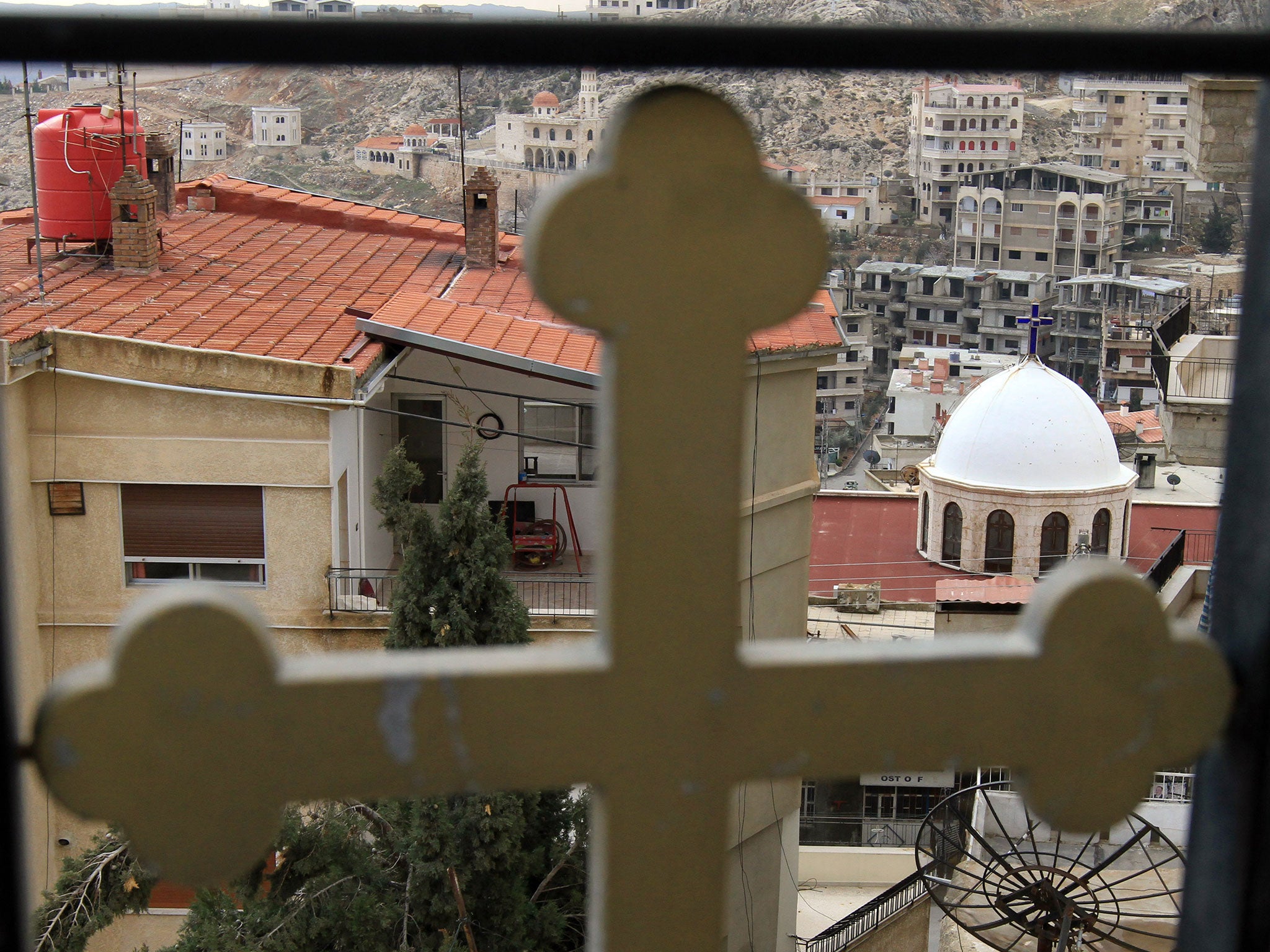
Sunnis are the backbone of the Syrian army – as they are of their enemies – but the Alawites, a minority of course, have paid a bloody cost for their own allegiance. Their soldiers fought in the Arab-Israeli war of 1973, the Israeli-Lebanon war of 1982, the town of Jibleh always a reservoir for the military. And now the mountain villages – the higher you go, the more breathtaking their beauty – are shadowed with crumbling Crusader keeps and waterfalls which shower down the rocks as flourishing and bountiful as the death notices on every wall.
This is the homeland of Hillal Assad, cousin of the president, head of National Defence in Lattakia, felled by a mortar shell on the front line. There are squares named after the dead – the early casualties of this war were given whole streets named after them; but as the war gobbled up more casualties, there were not enough streets. A giant boot in Banias, planted with flowers – all soldiers supposedly know the suffering involved in wearing military boots –remembers the city’s dead.
But above the Mediterranean, we come across the memorial to “Air Force Major General Ali Selim Mahmoud”, born 25 July 1958, died 4 May 2013, commander of the Minnegh air base in Aleppo province, a “Martyr Hero”, or so it is written on the plinth, whose 130 surviving men made it home. Well, most of them, but that’s another story). On top of the marble is a scale-model Mig fighter aircraft, any child’s dream to take home as a toy, And so we drive on, ever higher, till there is frost on the roofs. Opposite what the locals call the ‘Spring of Esther’ –yes, of course we drank the water – is a small garden of remembrance, and then wall after wall of the local dead. In some cases, their faces stare at us in monochrome photographs. Here is Corporal Amal Mohamed, killed in Aleppo, Major General Yassin Hassoun of the Syrian Army’s 17th Division, killed in the Raqqa air base on 29 July 2014 before it collapsed to Isis. “Considered dead,” the poster says. In other words, his body never came home.
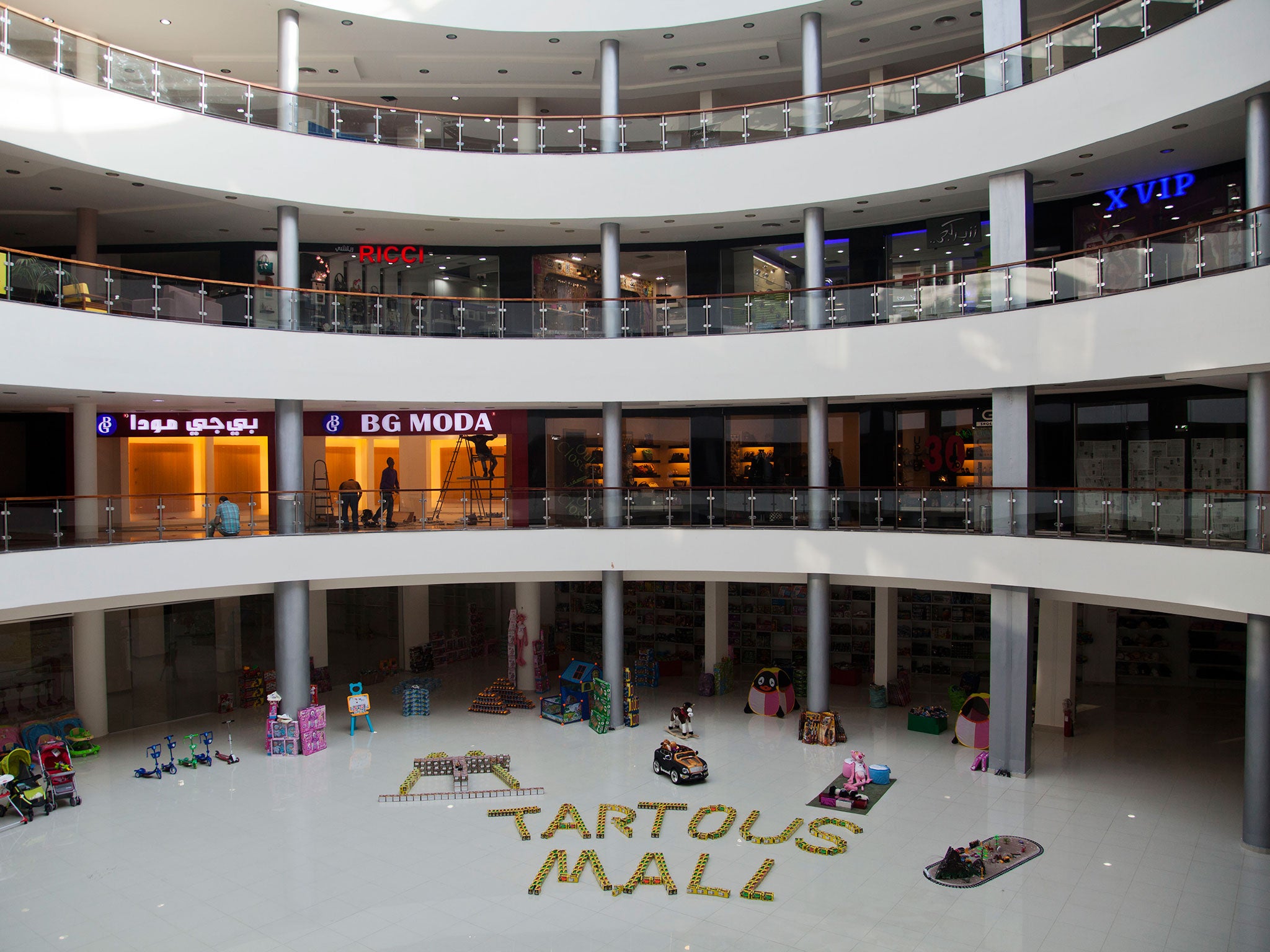
And here, too, are the death notices of – let us give them a little reality for a moment – Petty Officer Ayman Ibrahim, Private Ali Hafez Ahmed and Private Bashar Maon Aissa, Captain Murad Subah (killed 25 September 2012 at Quneitra, six months married), Captain Hassan Ali Mohamed (killed on the road to Aleppo,1 October 2013), Lieutenant Hassan Daboul and Private Samir Youssef Ahmed.
Yes, the Alawite villages have paid for all this. Beneath Private Aissa’s death notice is printed a poem. “You will answer the call of the homeland/Our feet are firm on the ground./The mountains may move, but we won’t/And God knows that our memory will live.” Will it? Here in the village, perhaps. But remember, in the eyes of the world, these are the army of war criminals, the enemies of the West, of America – before Barack Obama decided that ISIS was even more horrible than the Syrian army.
But just one pause for thought. It was here in the mountains that I learned of a unique Syrian military law. No family of brothers will serve in the army at the same time, even in war. There will always be a survivor. And a lone son does not have to serve in the military. In Syria, they don’t have to save Private Ryan.
Join our commenting forum
Join thought-provoking conversations, follow other Independent readers and see their replies
Comments